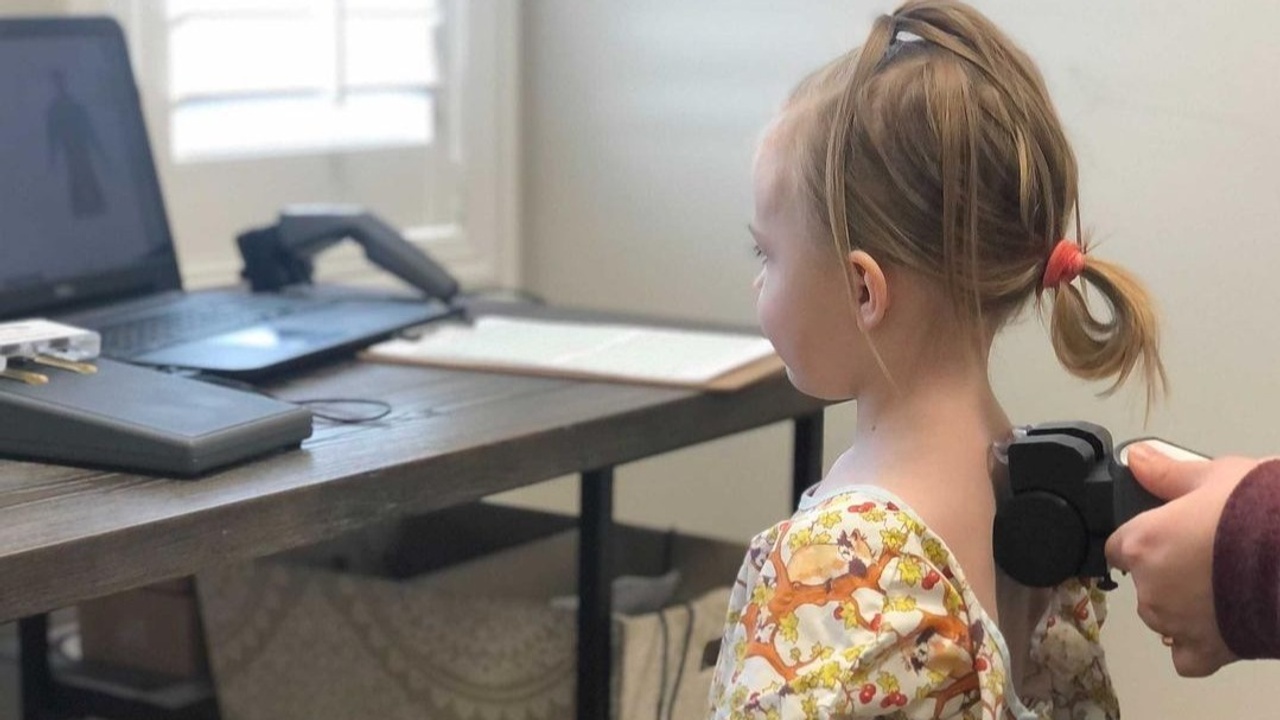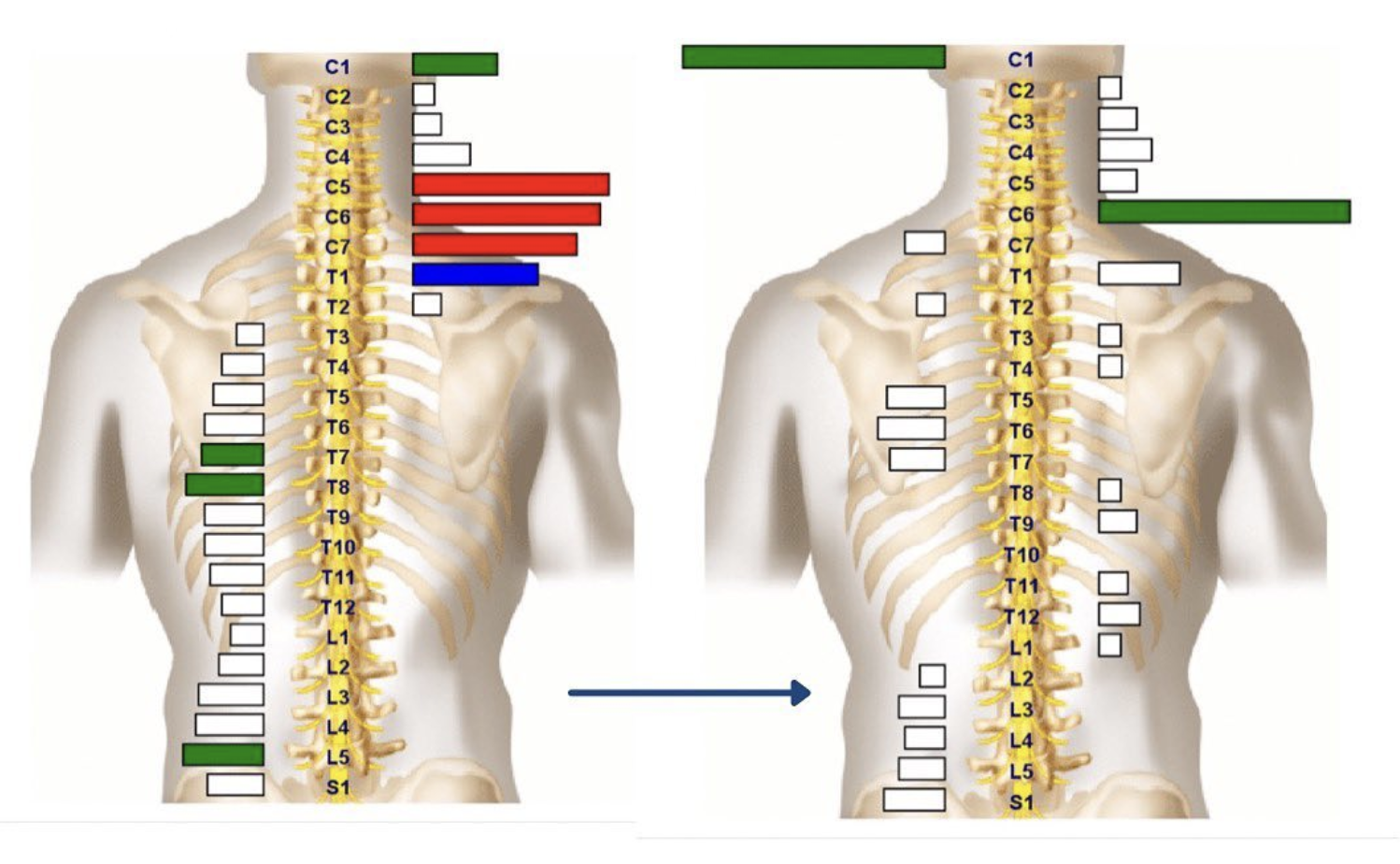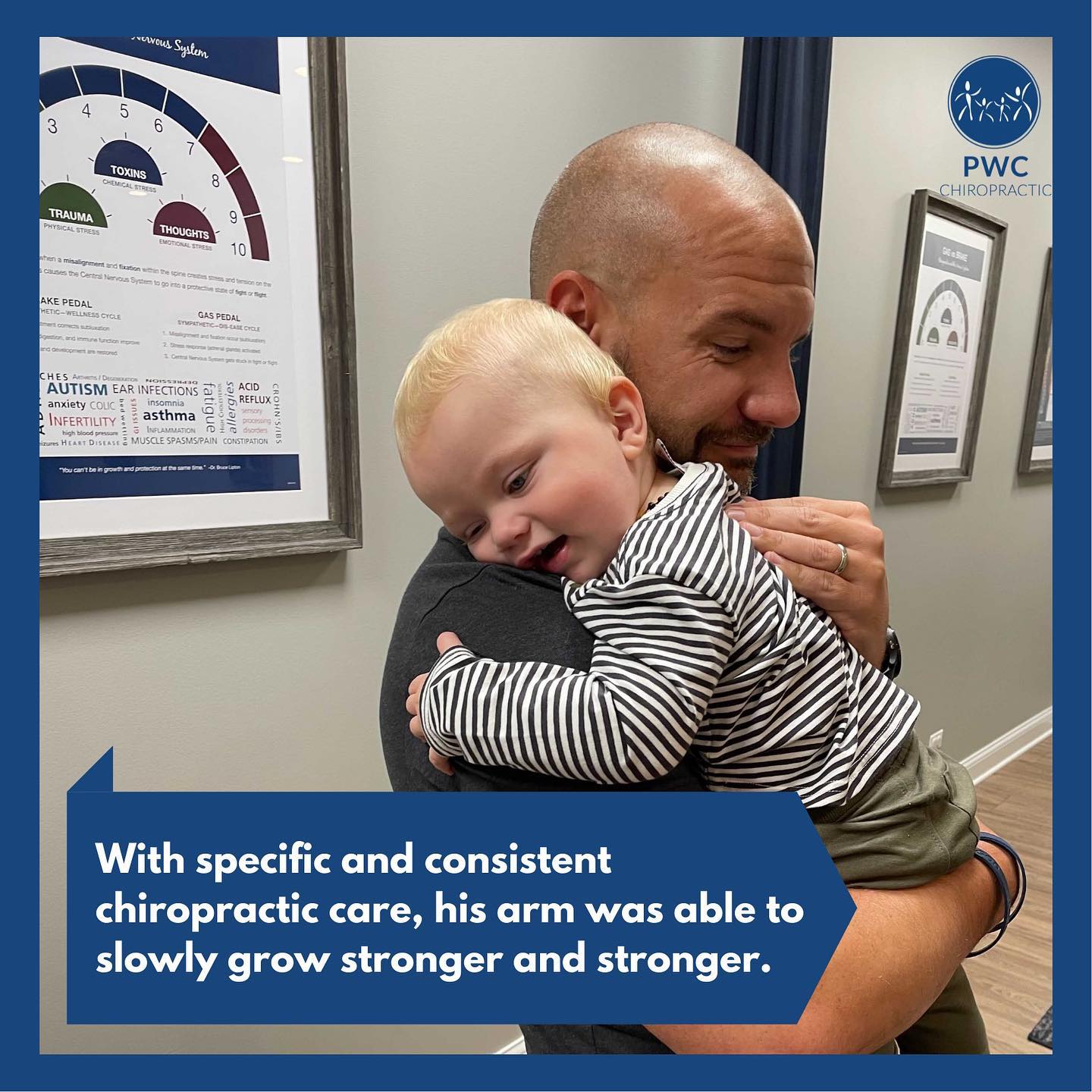3 Things About the Vagus Nerve 🧠 Every Kid Chiro Must Know (and Do)

A very awesome thing is happening both in our profession, other related professions, and online — discussion and information about the Vagus Nerve are exploding!
If we play our cards right as neurologically-focused 🧠, subluxation-centered, kid and family-focused chiropractors — this will lead to an absolute “boon” of more impact and practice growth for us!
In order to make sure you do not miss out on this absolute tidal wave 🌊 of potential impact for your community and practice, I strongly suggest you take these 3 Steps to bring more Vagus Nerve action into your plans.
1. Study and learn everything you can about the Vagus Nerve, Vagal Tone, Dysautonomia, etc.
Right out of the gates I want to send you hauling ass down this learning road, but with one important caveat or “warning signs” if you will.
⚠️ Do NOT to get caught up studying it from a medical, pathological, or physiological viewpoint.
Instead, do all you can to learn it in a way that keeps focus of chiropractic philosophy and science. And even more, make sure you’re learning it from real-life practicing chiropractors.
After reading every book, article, and blog there is about the Vagus Nerve… and while each one of them wildly excites me -- they also equally frustrate 😡 me.
Why? Because while Dr. Porges and Polyvagal Theory, Dr. Doidge and The Brain’s Way of Healing, and Rosenburg (CST and Cranial Expert) all have written some incredible books, not a single one of them will help you understand and incorporate it in a chiropractic model.
And unfortunately, many chiropractors who are talking and teaching about the Vagus Nerve these days also do not put their work into a subluxation-based, principled chiropractic mode; — but instead, focus on the role of therapies and modalities like cold lasers, vision 👀 therapy, movement-based therapies, and even gut / nutritional health.
So long story short — study and learn it like mad. But be careful who you learn it from!
2. Learn how to implement and ‘install’ what you learn about the Vagus Nerve into your Clinical Care System (Exam, Analysis, Care Planning, and Adjusting).
This all starts with your exam. If you’re running simply biomechanics, structural 🦴, physical exam system you’ll miss out on the Vagus Nerve and Dysautonomia action that chiropractic is strongly rooted in!
Meaning, the following list doesn’t ❌ quite cut it:
- Posture Analysis
- Palpation
- Range of Motion
- Balance & Coordination
- Visual Accommodation Testing
- X-Rays
- Primitive Reflex Checks
- Cranial Analysis
As chiropractors we know that each of those things can be strongly related and correlated to neurological function, however none of them directly measure Vagal Nerve Tone or Autonomic Function 🧠 .
So docs, if we’re gonna talk a ton about it… let’s BE clinical.
This is yet another reason we are strong proponents and users of the INSiGHT Scanning Technology by CLA.

Putting it as directly as we can — you simply can’t practice a neurologically-based model of chiropractic without the Insight.
By measuring Vagal Nerve Tone and Dysautonomia with both Initial and Progress Scans, we can have clear, quantified 🧮 measurements of the exact amount of dysfunction our patients have… and most importantly, the exact amount of improvement and neurological restoration our care is creating!
In addition to all of that, we are absolutely obsessed with looking for dysautonomia and vagal nerve dysfunction on each and every visit. Therefore we measure atlas fossa temperatures 🌡 with a simple handheld thermometer bilaterally on every single patient, on every single visit.
This is a crucial part of our PX 5-Step Neuro 🧠 Tonal Adjusting Framework, and it allows you to take a true neurological approach to adjust every single visit, in a very simple and efficient way.
Too often when chiropractors go down the Neuro-functional road with their practice, they end up with the most complicated and lengthy exam and analysis system that does NOT fit a Pediatric and Family practice model one bit!
What the heck could possibly be more important and better than that? We think nothing!
Improving posture, ROM, cervical curves, and even lessening primitive reflexes are wonderful things… but they are not the “main thing” that chiropractic is truly about!
3. Learn how to simply, easily communicate 🗣 its importance and how chiropractic helps improve Vagal Tone to your patients and community (marketing).
Recently we hired the #1 SEO and Article Copywriting shop in the natural health space to help grow our parent-facing, hope dealing website. Through that process, we found out that “Vagus Nerve” and related topics are searched about 200,000 per month on Google 💻, and it’s growing more each month!

In contrast, major conditions like Anxiety and ADHD are searched about 400,000-500,000 times. Meaning that in a lot of ways, the search for the cause of what’s going on is closing the gap on the symptoms and condition themselves.
How freaking rad is that? Being obsessed with WHY and the cause of illness is not just a chiropractic thing, it’s a human thing.
For parents especially, the moment our kids get stressed and sick 🤒 we become obsessed with two things:
- Finding out WHY they got sick, and WHAT is causing it
- HOW to help and what action steps we can take to kick healing into high gear
That is why talking about the Vagus Nerve and Autonomic Nervous System is absolutely a MUST DO ☑️ strategy for you in 2022! Doing so helps parents and patients find out the answer to not one, but two things they are searching for.
Seriously docs, having constant conversations about the Vagus Nerve allows patients to sort out both the problem and the solution!
You can learn to create content that links the Vagus Nerve, Dysautonomia, and Subluxation to pretty much any and all health challenges and conditions, especially Perfect Storm 🌪 related challenges (neurodevelopmental disorders)… and then also easily make connections about how much chiropractic adjustments 🙌 can get the Vagus Nerve rocking again, and restore balance and function to the autonomic nervous system 🧠 .
That may be one long, run-on sentence written out here in this blog — but we’ve done it effectively in a 30-second or less Instagram Reel 🎥 or 5-minute Facebook Lives and even in written form! And then from there, they are much more likely to sign up for your 30-60 minutes Workshop or perhaps even Consultation & Exam!
Story + Science + Structure
Yes, that sort of content is super nerdy and scientific in nature, so it can’t exist on its own.
We strongly suggest you use our PX Social Media Posting System, where you also learn to continually post patient stories and testimonials ❤️ that create that initial emotional connection to your content.

You’ve got to make learning the science 🧠 of chiropractic desirable by first sharing patient stories that restore their hope and capture their emotions!
And finally, learning how to work the Vagus Nerve into your Day 1 Consultation, Day 2 Report of Findings, and even your Table Talk is something we highly suggest you get after.
We’ve built a simple 3️⃣-Step Communication Structure that our PX Docs use on Day 1 and Day 2 that allows our docs to add in the exact amount of science and vagus nerve education, at just the right time… and in just the right “dose” (not too much, not too little).
I honestly can’t think of a consultation I’ve done in years and years where I didn’t work the Vagus Nerve into the conversation early and often.
Especially in a Peds-focused 👶 practice, it’s just so easy to make the connections to the Vagus again and again.
Where so many chiropractors spend their time trying to educate patients on the importance of the spine 🦴 , we just skip that sucker and get right into what’s new, far more sexy, and far more effective— the Vagus Nerve and Autonomic Nervous System 🧠.
Now what? Here's what's next.
If everything we are talking about here is exactly where you want to get in real-life practice, but you have no idea where to go from here… let me help lay out the exact steps you can take:
- Study and learn all about the Vagus Nerve 💥 from a principled, subluxation-based chiropractic perspective (aka, be wary of simply learning it either an academic or integrative medical model)
- Build (or learn) a simple, effective communication 🗣 structure for your Day 1, Day 2, and Table Talk that brings the vagus nerve and dysautonomia into the conversation
We have the absolute perfect options for both through The Pediatric Experience!
If you want to just focus on #1 for now, then check out our Perfect Storm 🌪 10D Model of Subluxation Science Course — which teaches the science behind subluxation at a level never seen before, and also how to simply and effectively apply it to your communication, clinical care, and more!
But if you want to really take your practice full out in this direction, for kids and everyone — then jump right into The Pediatric Experience Membership and you’ll learn Vagus Nerve and Subluxation Science, Communication, Analysis, Case Management, Adjusting, Marketing, Systems and so much more — full-on promise, we will blow your mind 🤯 for the crazy affordable investment of just $295 that is PX!



